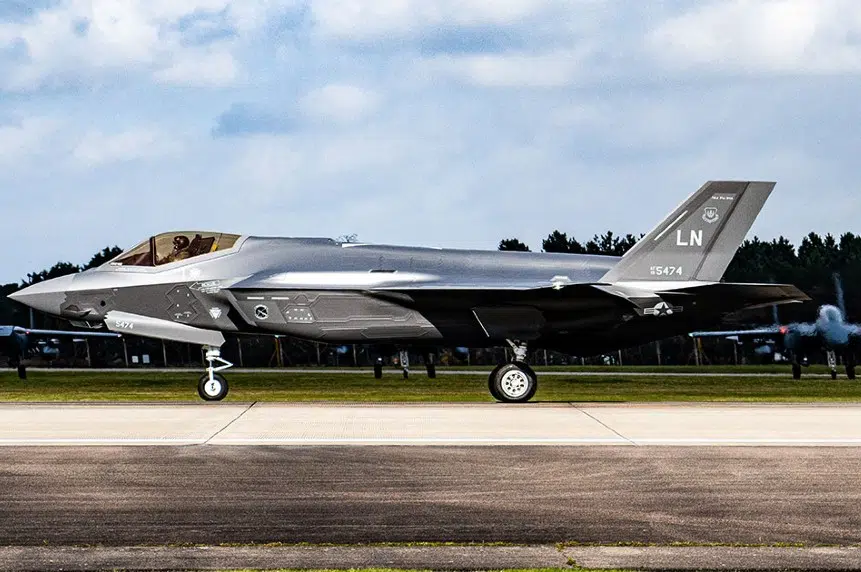Canada’s military is getting some new equipment after decades of back and forth.
On Monday, the federal government announced it’s negotiating with American defence firm Lockheed Martin to buy a fleet of F-35 fighter jets.
The 88 jets would replace the country’s aging CF-18 Hornets.
It’s an update that Prof. Kim Nossal, a political studies and defence policy expert from Queen’s University, is glad to hear about.
However, it has been a long path to get here, and there’s still work to be done.
Nossal spoke to Gormley to break down the history of upgrading Canada’s air force. He pointed out the country was interested in buying planes like the F-35 during Prime Minister Jean Chretien’s time in office.
“The Chretien government was very much attracted by all of the good things that would flow from Canada being part of this huge jet fighter program,” Nossal explained.
However, he said it didn’t take long for things to go south.
“The real difficulty, however, is that both Liberal and Conservative governments quickly discovered the delight of turning this program and Canada’s part in it into a political football,” he said.
Stephen Harper’s government bought F-35s in 2010, but overturned the decision in 2012.
When 2015 rolled around, Justin Trudeau’s Liberals were elected.
“The new Liberal government won’t buy the overpriced F-35 stealth fighter jet. It’s a stealth fighter that will cost tens of billions more than what Harper promised, a stealth fighter that can’t defend our Arctic,” Trudeau said at the time.
Now that Trudeau has changed his tune, Nossal is glad the military is getting the upgrade.
“What we’ve seen since (2012) is a bit of a game on this question. But essentially, we still need jet fighters. Finally, the government has not been able to play any more games,” he said.
While the contract is not finalized, it’s expected to cost taxpayers $19 billion for the new planes. Nossal explained that number accounts for more than just the price of buying the jets outright.
He used buying a car as an analogy.
“What you have to do is to think about the lifecycle cost,” he said. “In other words, think about every dollar that you spend from the time you walk into the car dealership until you finally send your car to the wrecker for $300. And every single dollar you spend on oil, on registration, on your license, on maintenance costs, all of that has to be factored in.”
For that reason, it’s difficult to nail down the exact cost.
While Nossal was glad to hear the announcement, he still thinks the government needs to spend more on the military.
“We’re going to have to increase huge numbers of spending on the Arctic, given the threats that are going to emerge up there. We need to spending to look across the Pacific. It’s not going to be difficult to increase the things that Canadians are going to have to spend defence dollars on in the next three to five years,” he finished.







